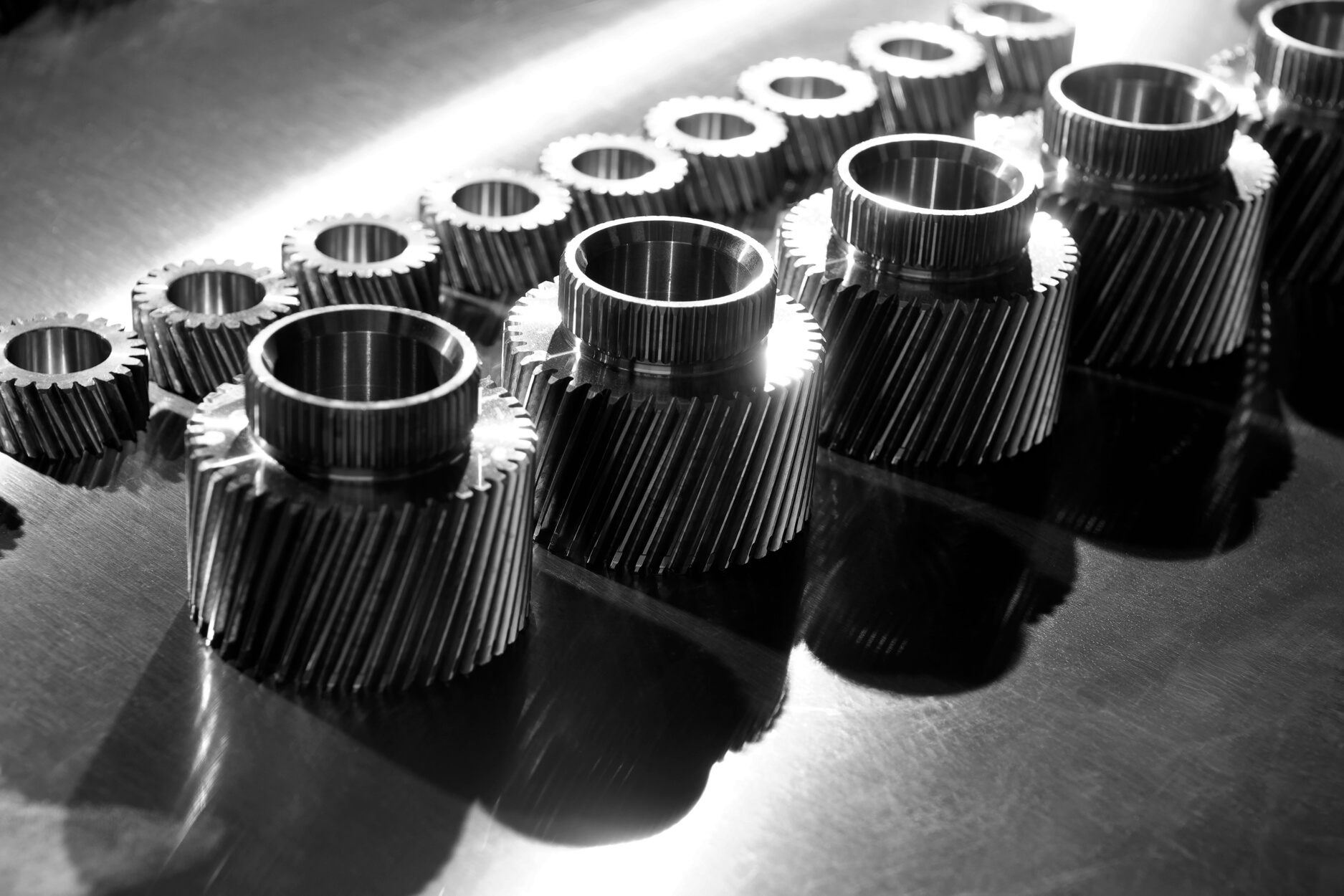Precision hardness heat treatment technology
High surface hardness and wear resistance, providing a softer core for flexibility
Environmentally-friendly, clean vacuum process with minimal distortion
What we do
Low pressure carburising (LPC)
LPC is an advanced technology that offers the design engineer an alternative to atmosphere carburising for improved case depth uniformity, dimensional control, part cleanliness, and process flexibility.
LPC is a method of pure carburisation combined with pure diffusion and is used to obtain a hardened surface and tough core, giving increased wear resistance and fatigue life, with minimal risk of treatment distortion.
The process gives high hardness below the surface compared to conventional carburising treatments, and allows precise control of case depth, microstructure and hardness, even for complex shapes and blind holes.
The process doesn’t create inter-granular oxidation on the surface of steels due to lack of oxygen in the atmosphere and eliminates the post grinding operations for parts that require higher surface quality and hardness.
LPC is a clean process carried out under vacuum, and has signifcantly lower environmental impact than atmospheric heat treatment technologies.
Benefits of Low pressure carburising
- The pitch to root ratio of the carburised layer (case depths) in gears is almost 1:1 (uniform).
- High hardness below the surface compared to conventionally carburised parts.
- Faster cycle times.
- Parts can be carburised between 930°C and 1000°C (1700° and 1830°F).
- Penetration of carbon in deep blind holes resulting in uniform hardness on the entire profile.
- Carburising of small holes and blind holes.
- Avoidance of part cleaning after the heat treatment due to high pressure gas quenching (dry quench).
- Reduction of dimensional alterations by temperature-independent heat transfer during high pressure gas quenching.
- Enhanced mechanical properties – elimination of inter-granular oxidation layer, improved fatigue properties.
- Dimensional control – low distortion, predictable and repeatable
- Environmentally friendly
- Reduced manufacturing steps such as post grinding, cleaning and inspection
- Enhanced cleanliness of products
- Precise control of case depth, microstructure and hardness
- Better case depth uniformity for complex shapes. Case depth uniformity can be maintained within ±0.002” in most cases.

Application & materials
Typical applications of LPC include gears, shafts, axles, nozzles, injectors, spindles etc.
20CrNiMo2-2 / 1.6523 / AISI 8620
20MnCr5 / 1.7147 / AISI 5120
14NiCrMo13-4 / 1.6657 / AISI 9310
14NiCr14 / 1.5752 / AISI 3310
Low pressure carburising process details
Low pressure carburising with high pressure gas quench is primarily used for transmission gears and diesel fuel injectors that require a uniform carburised layer on every surface of the part, with minimal dimensional movement. The process produces a very clean surface, thus eliminating further post cleaning of the part after heat treatment.
Related content
- Atmospheric carburising
- Carbonitriding
- Hardening and tempering
- Specialty Stainless Steel Processes (S3P)
Downloads and links
- LPC Process Datasheet 2020
- Learn more by viewing our ‘Changing Technologies in Automotive’ presentation
Contact us
See how Low pressure carburising (LPC) could enhance your components.
I am text block. Click edit button to change this text. Lorem ipsum dolor sit amet, consectetur adipiscing elit. Ut elit tellus, luctus nec ullamcorper mattis, pulvinar dapibus leo.
Carbon Footprint Calculators
Did you know?
We can calculate the carbon emissions of our thermal processing services – and compare them to alternative methods or in-house processing. Our methodology is independently validated by Bureau Veritas, so you can trust the results. These insights will help you choose the route that best reduces your carbon footprint.
Talk to us to see if a lower-carbon process could benefit your business.
